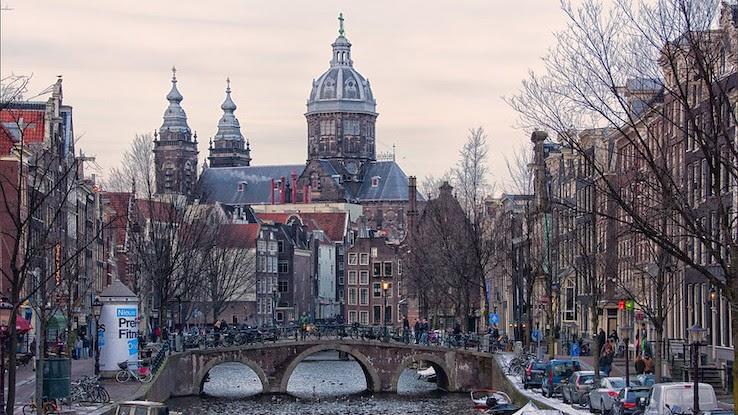
While the United States and the countries of Europe share a great deal of history and culture, that doesn’t mean they don’t have their differences. There are plenty of surprising ways in the way Europeans live their lives compared to Americans. From using a bidet to tipping in restaurants, these are some of the most prominent differences between life in the US and Europe.
Eggs Are Kept Outside of the Fridge
In Europe, eggs are not stored in the fridge. You can find them sitting out at grocery stores and people’s homes alike, just sitting at room temperature. This sounds terrifyingly unsafe, but that’s actually not the case

The US puts eggs through an intense washing process that gets rid of the egg’s protective layer, making refrigerating them necessary to prevent harmful bacteria from entering. However, it’s not actually necessary for safe, fresh eggs, so Europeans don’t do it. As a result, they can enjoy their eggs without the hassle of keeping them cold.
Trains Are A Primary Form of Transportation
In the United States, not many people use trains, largely because they’re not widely available and tickets are expensive. The same is not true in Europe. Taking a train from city to city or even country to country is a very standard form of transportation, and it’s affordable.

While few Americans can easily forgo owning a car, plenty of Europeans manage to do so without much hassle. It’s not only cheaper for citizens, but it’s also better for the environment.
Beverages Don’t Typically Come With Much Ice
Europeans do not expect beverages like water or soft drinks to be filled to the brim with ice. Americans might find this strange, as lots of ice is a given in the US. Even if a beverage is already cold, ice is still expected.

Unless you ask for ice in Europe, you probably won’t get it, and even if you do, it’s just a few cubes — and perhaps a few funny looks. To be fair, there comes a point where adding more ice to a drink just wastes water without significantly changing the temperature.
Colorful Money
In Europe, the money is quite colorful. Different denominations of euro come in different colors, in part to help people to easily tell one bill from another. By contrast, U.S. bills all look pretty much the same. Whether it’s a one-, five-, or hundred-dollar bill, there’s no color variation.
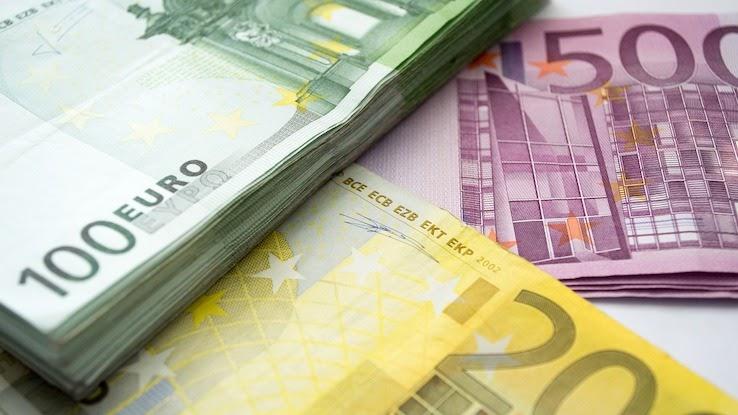
On top of that, Euros come in different sizes, which not only makes it easier for most people to tell bills apart, but also makes it possible for blind people to differentiate between them at all. US dollar bills are all identical in size.
Tipping Servers Minimally or Not at All
In the US, not leaving a tip is considered seriously shameful behavior. The assumption is that American servers rely on their tips to survive, as restaurants are allowed to pay them very little. Therefore, not leaving a tip can leave servers working for basically nothing.

It’s not normal to tip servers in Europe because they already make a living wage. You might leave the extra coins on the table, but no one is expected to do that, and servers don’t feel offended to find that customers haven’t left anything when they exit.
Most Cars Have Manual Transmissions
The standard for cars in Europe is to have a manual transmission, meaning they are stick-shift vehicles. In the US, most cars have an automatic transmission. There are plenty of manual transmission cars in the US, but it’s not nearly as common as it is in Europe.
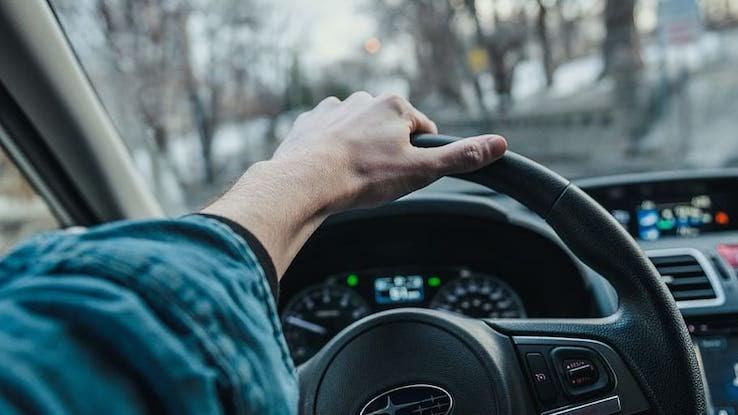
You can find cars with automatic transmissions in Europe, but they’re much rarer, and there’s a logical reason for this: It’s more fuel-efficient to drive a car with a manual transmission, and because fuel is more expensive in Europe, people prefer to save that money.
Credit Card Operations Are Typically Done in Front of the Owner
When you pay with a credit card in Europe, you can expect the transaction to be done in front of you. It would be odd, for instance, for a server at a restaurant to walk away with your card to charge it. Instead, they bring the credit card machine to your table.
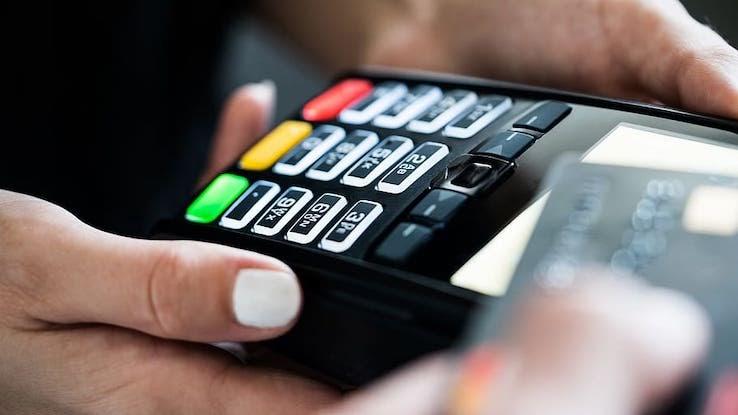
In the US, the opposite is true. Few establishments bring a credit card machine to your table, and Americans would find it weird if they did. For whatever reason, Americans just generally trust that nothing illegal is being done with their card.
Walking Is Also a Primary Form of Transportation
Unless you live in a huge yet condensed city like New York, you probably don’t use walking as your primary means of transportation. Everybody seems to drive everywhere, or at the very least, take the bus. Between affordable fuel and sprawling cities, it just makes more sense to use a vehicle.

In Europe, it’s normal to walk. Walking anywhere from 20 minutes to an hour to get somewhere isn’t at all unusual. In even medium-sized cities, pedestrian traffic is factored into their infrastructure, making walking a much more pleasant experience.
Teenagers Drink With Their Parents in Public
The drinking age in most European countries is 18, but it’s rarely enforced like it is in the US. If a teenager is with their parents, most European cultures dictates that it is the parents’ decision whether or not to let their child drink. Servers would never refuse a glass of wine to a 16-year-old with their parents at a restaurant.

Underage drinking is strictly prohibited in the US, parents present or not. This could be why binge drinking has become such a problem in US universities: That which is forcefully prohibited becomes coveted.
Price Tags Already Include Tax
The US does not include sales tax on price tags. Of course, this is calculated behavior on the part of businesses. People have a tendency to spend more money when an item seems to cost less, a subtle way to manipulate customers. Even so, Americans accept the status quo.

Europeans see a price tag on an item in a store and can safely assume that is what they’ll pay. This is because the sales tax has already been included, making it much easier to shop. You know the exact amount of money you need to purchase an item without having to guess.
More Paid Vacation From Work
In the US, paid vacation is up to the employer. Some jobs don’t provide any, and most that do provide much less than their European counterparts. Americans with nine-to-five-type jobs can, on average, expect only 15 days of paid vacation per year.

Meanwhile, plenty of paid time off is a guarantee in most European countries. For instance, in both France and Austria, the government requires employers to provide paid time off. In Austria, that equates to 25 paid days of leave annually on top of 13 paid public holidays. In other European countries, it’s even more.
When You Write the Date, the Month Comes First
In Europe, when you write the date, the day comes before the month. This often confuses Americans, as they write the month first. However, the U.S. is actually the only country in the world that writes the date this way. The difference may be trivial, but it can still lead to real issues.

Imagine a European writing out the date numerically on April 1, 2019. They’d write 1/4/19. That could very well be confused for January 4 by an American. Perhaps the world should just decide on one method of writing the date to avoid this confusion. Your move, America.
The Term “America” Means More Than Just the U.S.
Americans view the terms “United States” and “America” as interchangeable. However, Europeans — and the rest of the world — find this inaccurate. When it boils down to it, America is much bigger than just the United States to the rest of the world. It encompasses all of North, Central and South America.

This naming conundrum for Americans likely lies in the fact that the United States of America isn’t a very cool name for a country. People from Canada are Canadians. People from Peru are Peruvians. Should people from the US be called “United Statesians” instead of Americans? It just doesn’t seem to work out as well.
Bidets
Bidets look fairly similar to toilets and are typically found next to them in Europe. They’re meant for washing one’s lower nethers after going to the bathroom. While many Americans wouldn’t know one if they saw one, they’re not uncommon in European homes.
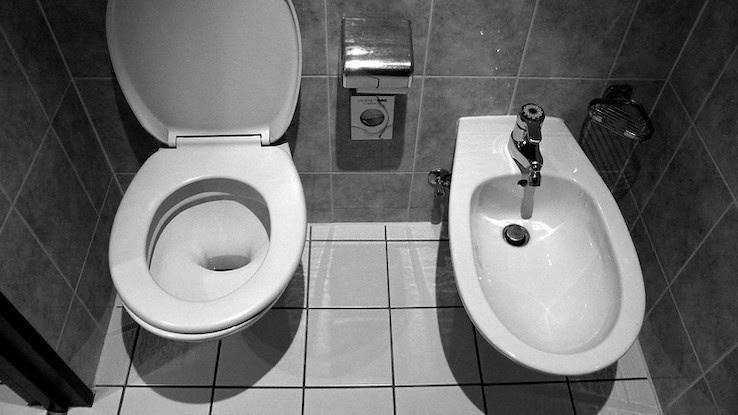
The bidet is a hygienic invention — it removes the need for most wiping — yet as obsessed as Americans are with bathing, bidets are quite uncommon in the US. Speak to the average American, and you’ll find that the spout of water so many Europeans enjoy sounds highly disconcerting to them, to put it mildly.
Children Being Naked in Public Isn’t a Big Deal
It’s not such a rare occurrence to see nude children in public in Europe. This is most common in places where it makes sense for them to be sans clothes, like the beach. However, in the US, people are much more protective of their children because of the potential dangers of pedophiles — it would be a strange sight to see a naked child on a U.S. beach.
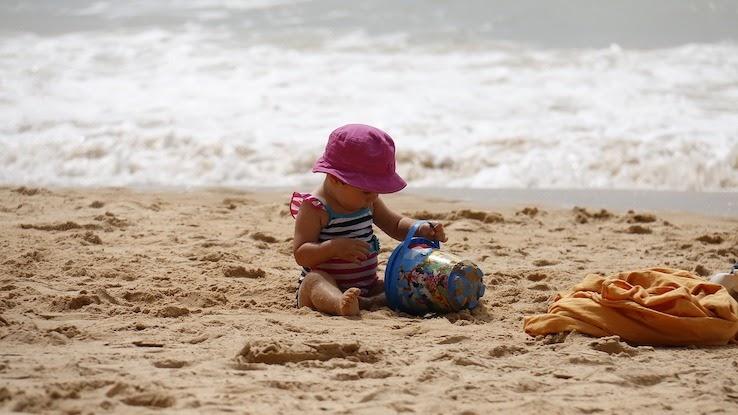
It’s probably not true that there are more pedophiles in the United States than in Europe. More likely, what’s different is the culture. Perhaps Europeans just worry less in general about things out of their control.
Pharmacies Basically Only Sell Medicine
If you go to a European pharmacy, you’re just going to find medicine and items directly related to medicine. This makes sense, as selling medicine is a pharmacy’s intended purpose. You certainly won’t find items that are damaging to your health. Meanwhile, in the United States, a pharmacy is pretty much never just a pharmacy.

At U.S. pharmacies, you’ll find magazines, aisles of toiletries, miscellaneous items and even junk food and cigarettes. They pretty much always double as convenience stores for some reason. This is pretty confusing to Europeans visiting the States.
The Metric System
Only three countries in the world still use the imperial measurement system: the United States, Liberia and Myanmar. People from Europe find it incredibly strange that a wealthy, influential country like the US hasn’t switched over to the much more logical metric system, which uses multiples of 10 between units rather than the haphazard numbers familiar to Americans..

It poses a problem for Americans visiting Europe and vice versa during all sorts of daily activities, but it can raise even bigger issues in the sciences and engineering. The Mars Climate Orbiter, for instance, was incinerated after accidentally entering Mars’ atmosphere due to a conversion failure between imperial and metric systems.
A Person’s Heritage Is Rooted in Where They Were Born
When you’re European, where you live is usually where you’re from as well as where your ancestors were from. A German’s lineage is typically from Germany and a Norweigan’s lineage is typically from Norway. Americans, on the other hand, are never just American.

Because the ancestors of nearly all Americans (save Native Americans) were in a sense immigrants to the country at one time or another, it’s also not unusual for a person who’s spent their entire life in New Jersey to say that they’re from England, Germany and Ireland because of their ancestors. An actual Irishman, by contrast, would consider them to be only an American since they never lived in any of those places.
Never Checking IDs to Get Into Bars
Unless you look middle-aged or older, plan to get your I.D. checked when going to a bar or even ordering alcohol at a restaurant in the United States. There are strict laws in America against serving alcohol to minors under 21 years of age, and if a bar or restaurant allows it and gets caught, there are hefty fines involved.

For that reason, checking IDs at US bars has become the norm. By contrast, in Europe, it’s uncommon for bars and clubs to check IDs at the door. If you look like you could be over 18, they tend to let you in.
You Have to Pay for Water in Restaurants
One reliable thing about dining out or going to bars in the United States is that you always get water for free. In many restaurants, they bring it to you without you even having to ask for it. This is especially convenient for avoiding a hangover the next day when you’re out drinking.

While some places in Europe do offer free water, many others do not. This is partially because many European countries either don’t have safe drinking water or aren’t accustomed to drinking it, but even in places where the tap water is safe to drink, if you want water while you’re out, you may very well have to buy a bottle.
Europeans Often Aren’t In a Hurry
As a general rule, people in Europe are in much less of a rush on a daily basis than Americans. If you’re at a restaurant, it’s a slow experience, and servers won’t generally bring you the bill until you ask for it to avoid making people feel rushed.

Perhaps going about life in a more relaxed way is why Europeans tend to have longer life expectancies than Americans. American culture as a whole goes at a much faster pace. Always hurrying to do things can easily cause a lot of stress, and stress is related to a shorter life expectancy. Either way, it sounds relaxing.
No One Advertises Prescription Drugs
Because the healthcare system in the United States is for profit, it’s normal for drug companies to advertise prescription drugs on television and elsewhere. In Europe, where most countries have universal healthcare, seeing advertisements for prescription drugs is essentially unheard of.

Many Europeans consider this to be one of the strangest things about the US. It seems that people who aren’t doctors wouldn’t have any use for information about prescription drugs and probably can’t make informed decisions about them.
Europe’s Grocery Stores Are Not Supersized
In Europe, neighborhood grocery stores are modest in size compared to those in the United States. That could have to do with the fact that many European cities are more compact, so there isn’t exactly room to fit a giant inside the city center. It also might be because the cultures in Europe don’t necessarily equate bigger to better.

Grocery stores in the US seem to be supersized by default these days, which can be intimidating to a European who isn’t used to it. Is it better to have too many options or too few? It’s hard to say.
Restaurant Portion Sizes Are Not More Than You Can Eat
It’s common knowledge that the typical portion size in U.S. restaurants is huge, often a lot more than a person can or should eat in one sitting. When you go out to eat in the United States, you can expect to be full or even uncomfortably full when you exit the restaurant.

The same is not true in Europe. Portion sizes tend to make it much easier to clean your plate without feeling like bursting afterward. The idea that more is always better is not as pervasive in Europe as it is in the United States.
Servers Are Not Too Involved in Your Dining Experience
When you’re dining out in Europe, interactions with your server are minimal. For the most part, you only talk to them when you need something. That makes sense, as when you and a friend go out to dinner, you’re there to spend time with your friend, not the stranger who is taking your order.

U.S. dining culture is very different. Servers seem to check in with the table way more often than necessary, and all those interruptions can be off-putting to Europeans, who just want to experience their meal in peace with whomever they’re with.
There’s No Such Thing As Free Refills
If you order a drink at a restaurant in the US, especially a soft drink or coffee, many times, free refills are included. This is true from fast-food restaurants all the way up to some fine dining establishments. Europeans find this custom to be kind of absurd, albeit not necessarily unwelcome.

After all, who wouldn’t want to pay for one coffee when they drank three cups? In Europe, you get what you pay for in the world of beverages. Ordering a coffee means you get one coffee. If you want another one, you have to pay for it.
Higher Education Is Very Affordable
It’s preposterous to Europeans that Americans have to go into massive debt in order to attend a university in their country. To get a four-year college degree in the United States can cost tens and sometimes even hundreds of thousands of dollars. On the other hand, for Europeans, higher education is either very affordable or free.

The thought of spending so much money on education is essentially unfathomable to most Europeans, as they can get a degree without any pressure. Americans don’t have that luxury. They have to immediately figure out how to pay back all their student loans once they graduate.
Grocery Stores Have Limited Choices
At a European grocery store, if you’re looking for ketchup, it’s normal to find one or two options and nothing more. If you’re looking for bread, you might have several options, but nothing overwhelming. If you’re looking for salad dressing, you might not find more than a couple bottles to choose from.
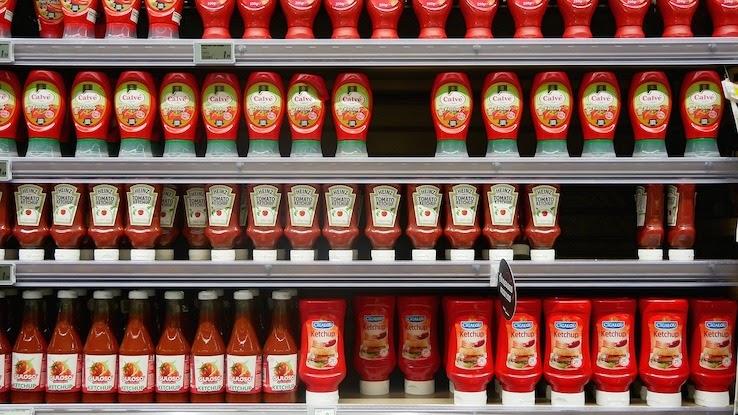
U.S. grocery stores seem to have unlimited options for many items. There’s a whole bread aisle, a whole condiments aisle and an entire section of ice cream to choose from. It’s not unheard of to spend an hour at a grocery store simply because there are so many choices.
Paying to Use the Bathroom
When you’re out and about in Europe, using the bathroom isn’t always free. Restaurants refusing bathroom access to people who aren’t customers is the rule rather than the exception, malls and stores sometimes charge a small fee to use their bathrooms, too. This is completely normal in Europe.
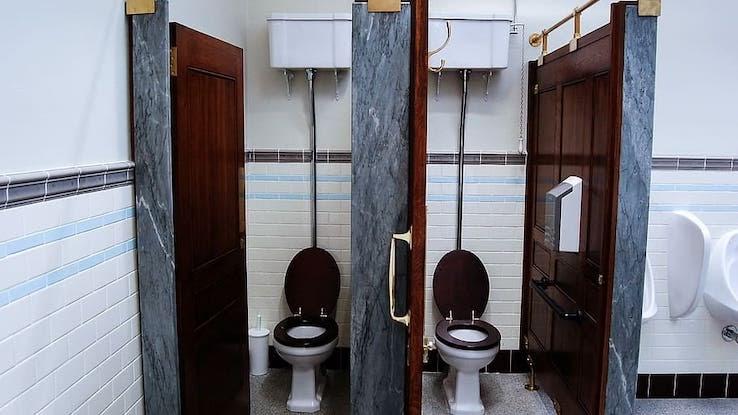
The United States seems to view using the bathroom as more of a universal right. Paying to use the bathroom is an absurd concept to Americans, and most restaurants and cafes will let you use the restroom even if you’re not a customer. Gas stations will nearly always let you use the bathroom without buying anything.
Cash Is Often a Necessity
Lots of places accept credit cards in Europe, but not all. In many cases, there’s also a minimum purchase to be able to use a card, often over $10. That’s why it’s much more common for Europeans to carry cash: They’re likely to encounter a situation where they’ll need it.
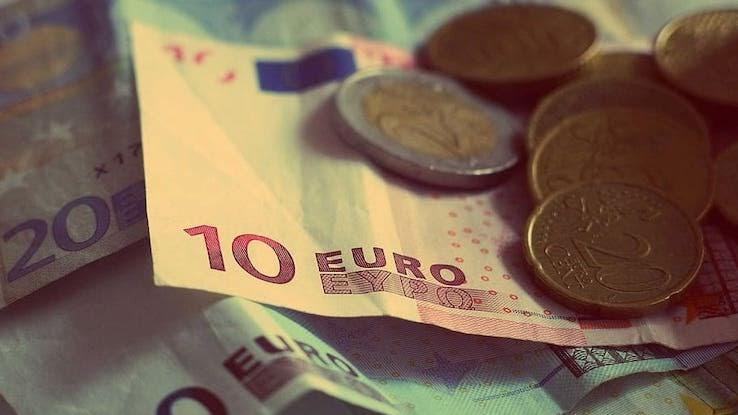
The US is almost a cashless society. Nearly everywhere accepts credit cards, and it’s considered unusual if a place doesn’t. The amount you spend isn’t generally a concern, either. You can easily use a credit card to pay a dollar for a pack of gum in the United States.






